Commentary: Gov. Newsom, no more delays in shutting Aliso Canyon down
Published in Op Eds
It was a cold, breezy October evening in 2015 when a foul odor swept through neighborhoods in the north San Fernando Valley. The smell — reminiscent of rotten eggs — invaded homes, forcing residents to seal windows and doors in vain. Soon many fell ill with headaches, rashes, nosebleeds and nausea. Those symptoms were only the beginning of a disaster that unfolded over the next 112 days.
A massive gas leak at Aliso Canyon released 97,000 metric tonnes of methane, 7,300 tonnes of ethane, and other gases, forming carcinogens and smog. The blowout — one of the largest natural gas releases in U.S. history — upended lives and routines. More than 8,000 families had to be relocated, with both humans and pets experiencing health complications. The event highlighted the inherent risks of an aging fossil fuel infrastructure.
Nine years later, scars of the disaster remain visible. Southern California Gas Co., which owns the facility, agreed to a $71 million settlement last year to address environmental concerns resulting from the disaster. Affected communities are still grappling with health issues and continue to push for the permanent closure of the Aliso Canyon gas storage facility. In 2017, Gov. Jerry Brown directed the California Energy Commission to develop a plan to close Aliso Canyon permanently, and the commission planned to do so within a decade.
When Gov. Gavin Newsom took office, he pledged to accelerate that timeline, saying 2027 wasn’t fast enough and agreeing closure was a top priority. Yet not only has no progress been made — under the Newsom administration, Aliso Canyon gas storage levels have increased.
Last month, the California Public Utilities Commission proposed to keep Aliso Canyon open and not set a closure deadline. This plan would defer exploration of a shutdown until SoCalGas’ projected peak natural gas demand drops below a specified threshold, which according to current estimates would happen after 2030. The commission’s upcoming vote on Dec. 19 could jeopardize California’s climate goals and expose nearby communities to ongoing health risks.
California has made significant strides in reducing reliance on gas, cutting usage by 20.2% between October 2015 and October 2024, with electricity-related gas use dropping 25.9%. This progress has been driven by growth in energy efficiency as well as the use of batteries, electric heat pumps, and solar and wind sources. There have been setbacks such as a 50% decline in rooftop solar installations in 2024, following the public utilities commission’s 2022 decision to slash by 75% payments to new residential solar customers for excess solar output they send to the grid. Even so, by the end of July, the state set a record this year: 100 days of 100% renewable-powered electricity for up to 10 hours at a time.
These clean energy advancements demonstrate that California can meet its grid reliability needs without gas. Southern California Edison has testified that Aliso Canyon can close by 2027 while maintaining reliability, provided that batteries ordered by the California Public Utilities Commission meet expectations— which they have so far exceeded. CPUC studies confirm 2027 as a feasible target year, emphasizing how investments in building electrification and energy efficiency improvements can cut winter peak demand and eliminate reliance on Aliso Canyon. But we need to seize the moment.
With respect to gas for heating, the California Energy Commission has set an ambitious target of installing 6 million heat pumps statewide by 2030, sending a strong market signal to accelerate the shift away from fossil fuels. Widespread deployment of heat pumps will be made possible by measures including the state’s Equitable Building Decarbonization program, with$525 million in funds, and the public utilities commission’s TECH initiative, supported by$40 million in state funding that prioritizes supporting Aliso Canyon communities. Expanding these efforts is crucial to reducing our use of gas.
The benefits of clean, renewable energy solutions extend beyond ensuring comfortable homes and a reliable power grid. Electrifying and retrofitting buildings could create 100,000 construction jobs and 4,900 manufacturing jobs annually for 25 years in California, according to a UCLA study. Investments in electric heat pumps and building efficiency would benefit disadvantaged communities by reducing pollution and improving air quality, particularly in the low-income areas where fossil-fuel infrastructure has historically been built.
Gov. Newsom faces a straightforward opportunity to facilitate the transition away from fossil fuels and permanently close Aliso Canyon. With declining gas consumption, growing clean energy capacity and available solutions, the case for closure has never been stronger. More than 100 scientists and scholars have joined me in sending a letter to Gov. Newsom urging him to close Aliso Canyon by 2027.
The governor’s role in driving California’s global climate leadership has never been more important, especially in the face of a federal government aiming to increase fossil fuel use. He should continue standing up to fossil-fuel interests, keep his promise to protect the health and safety of Los Angeles and other California communities, and shut Aliso down.
____
Mark Jacobson is a professor of civil and engineering at Stanford and the author of “ No Miracles Needed: How Today’s Technology Can Save Our Climate and Clean Our Air.”
©2024 Los Angeles Times. Visit at latimes.com. Distributed by Tribune Content Agency, LLC.












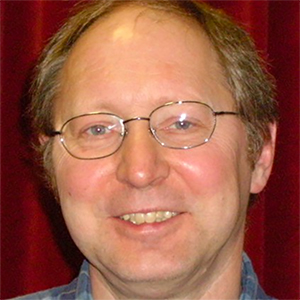


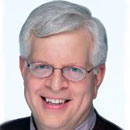

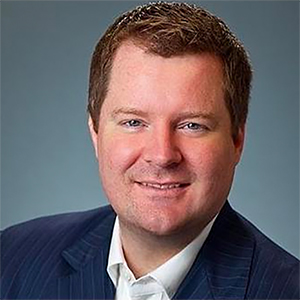
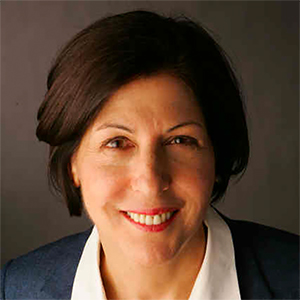



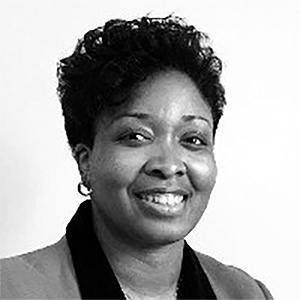

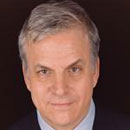























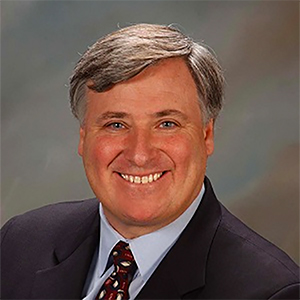

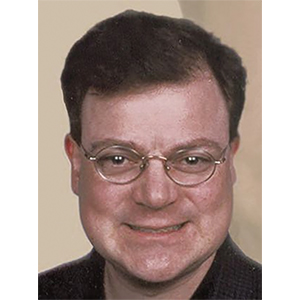


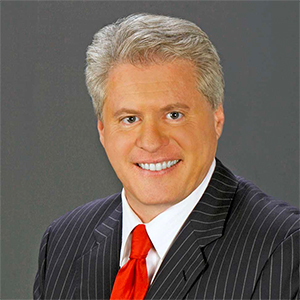

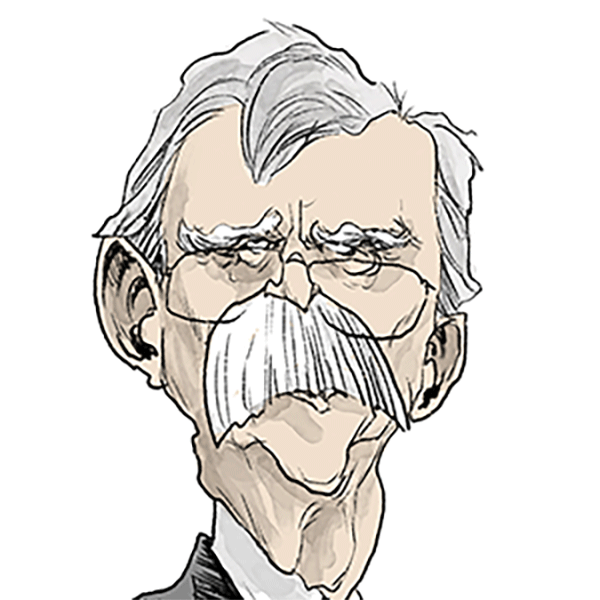
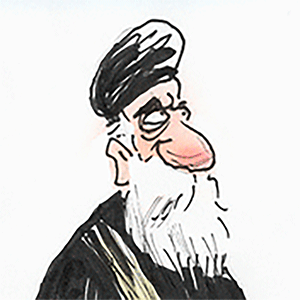



Comments